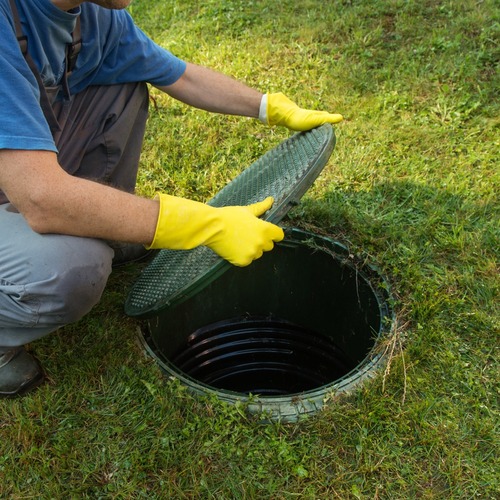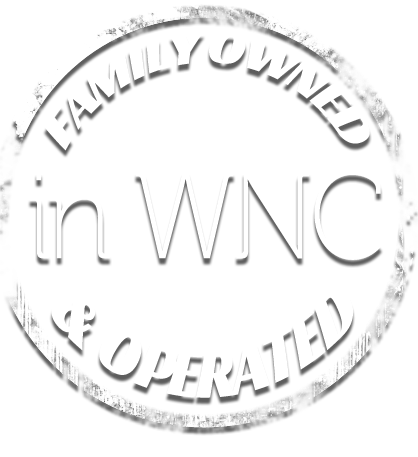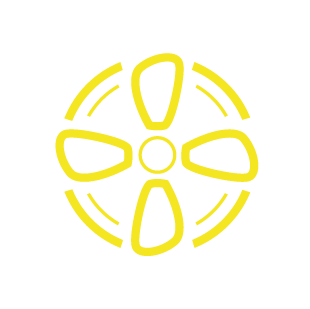
Living in a rural area, some of the basic things in life are different. Many homes in rural areas that aren’t all electric have propane gas because there aren’t natural gas lines in the area. And their water comes from a well instead of a water system, and instead of being on a sewer system, they have a septic tank. Cleaning that tank is a must to keep it functioning properly.
How often is septic tank cleaning needed?
There are a few factors that can determine this, but for most households, septic tank cleaning is recommended between three and five years, and this should be done by a professional. The scum and sludge levels are two of the biggest factors in determining the septic tank cleaning frequency.
There are three parts to the wastewater from every home:
- solids aka sludge
- grease aka scum
- watery mix aka effluent
When a septic system is working properly, the scum and sludge stay inside the septic tank and the effluent flows out through pipes and into the drain field. The septic tank cleaning process is removing the scum and sludge is needed periodically to keep the effluent flowing.
How long does it take for a septic tank to get full?
Different factors can determine this too, such as the size of the tank and the number of occupants in the house. Estimates that professionals use as a rule of thumb is 1 adult creates 300 gallons of scum and sludge. So, it will take up to 5 years to fill a 1,000-gallon septic tank.
How long does it take for a septic tank to drain?
A 1,000 to 1,250-gallon-size septic tank that is in proper working order should empty within twenty to thirty minutes. A larger septic tank will empty within one hour. Again, different factors can determine this, like the condition and quality of this equipment.
What are the signs that your septic tank is full?
Just as when you toss things in the air, they will come down somewhere, when you flush or rinse things into the septic tank, it has to go somewhere. And this is why septic tank cleaning is necessary because scum and sludge matters can’t go anywhere, especially if you’re flushing or rinsing certain materials that can’t break down and disintegrate. If you’re on a septic system and experiencing any of the following, it is time to schedule a professional septic tank cleaning and inspection:
- The smell of sewage: When this odor is coming from the drains and toilets is constant, it is coming from the buildup of three types of gasses that are building up inside the tank:
- Methane
- Carbon Dioxide
- Nitrous Oxide
- It is essential to schedule a professional septic tank cleaning service as soon as possible.
- Slow Flushing, Constant Back Up: If all the drains in the bathrooms are slow draining or slow flushing, it is usually an indication that it is time for septic tank cleaning.
- Gurgling Sound, Slow Drains: If you’re hearing a gurgling sound as water drains, this is usually from air trapped in the lines going to the septic system. The air is probably trapped because the septic tank is full, or the drain lines are blocked or clogged. A septic tank cleaning and inspection is needed sooner rather than later.
- Green, Lush Grass: If the grassy area around the septic tank and along the drain lines is green and lush, it is time for a septic tank cleaning.
- Pooling Water: If you have standing water around the septic tank and there is a strong sewer odor, it is time for a septic tank cleaning.
Are there ways to clean the septic tank from inside the house?
Yes, in between professional septic tank cleaning appointments, there are products you can use that are natural and safe:
- Pour a combination of a quarter cup of baking soda and a quarter cup of vinegar into each toilet once a month and flush it. This will clean the lines going to the septic tank naturally and safely.
- Pour a half cup of yeast into each toilet once a month. This will speed up the degeneration process of the solids as well as multiply the bacteria count inside the septic tank. Bacteria are important inside a septic tank!
- Feed the septic tank tomatoes! Yes, instead of tossing those tomatoes that are going bad in the fridge, every 3 to 4 months, grind them in the garbage disposal or smash them up and flush them down the toilet.
What happens if you don’t clean the septic tank?
Like anything else in your home, when you skip basic maintenance and follow up by a professional, septic tank cleaning is a must because the drain field can hold only so much for so long.
Without the routine, every 3 to 5 years of septic tank cleaning, you’ll start experiencing constant backups, the drain field becomes full of backup, and organic debris starts filling the leach field. This will create an unhealthy environment for your family, contaminate the plumbing in your home, and a variety of diseases will develop, form, and spread.
Is there specific toilet paper better for septic tanks?
Yes, choose a single-ply toilet paper that is labeled as either biodegradable, recycled, or states it is safe for septic systems.
In Closing
Before you flush or rinse anything down the drain or toilets, when you’re on a septic system, be mindful of how it will process through the system. FOG (fats, oil, grease) are harmful to a home a city sewer system, and the same with a septic system. Avoid flushing diapers, wipes, cotton balls, and solid foods too. Septic tank cleaning every 3 to 5 years is much less expensive than having septic system repairs or replacement!





